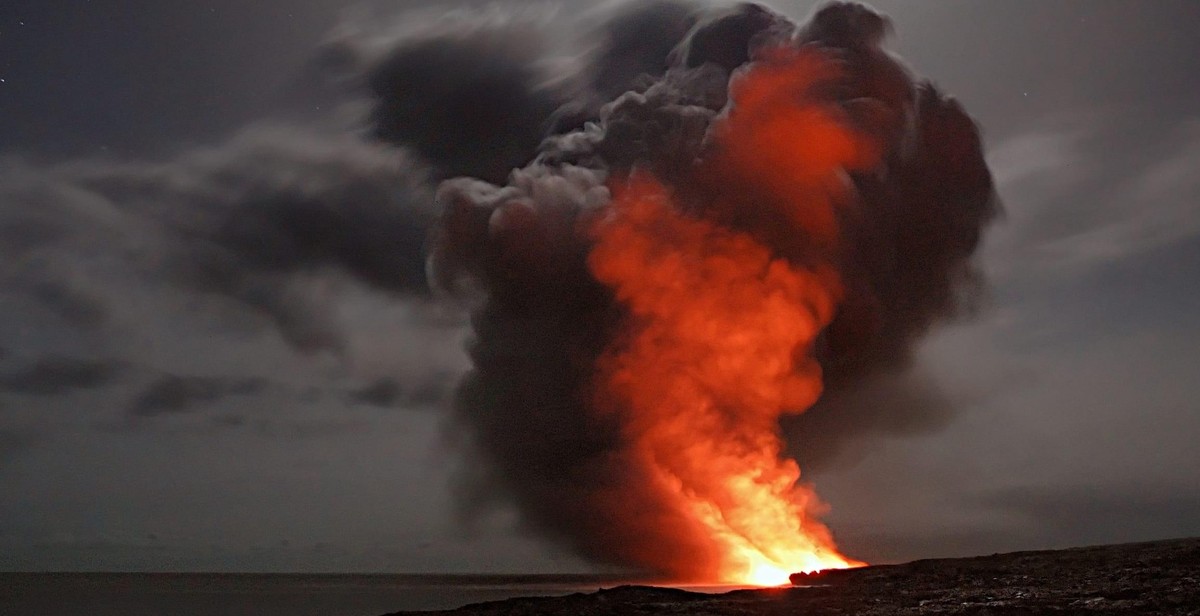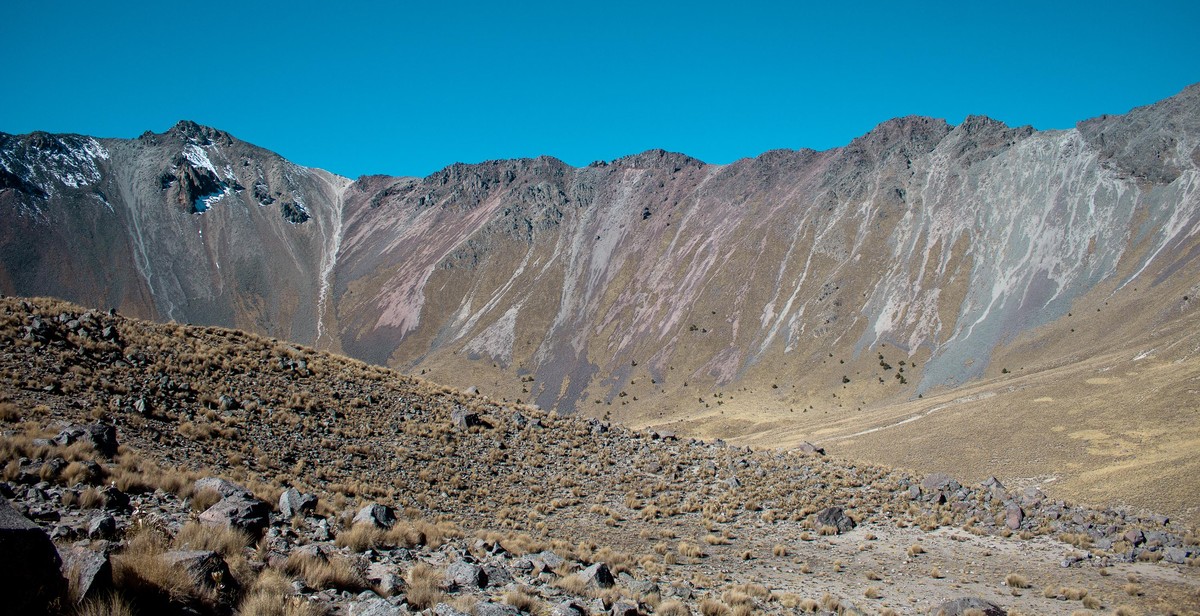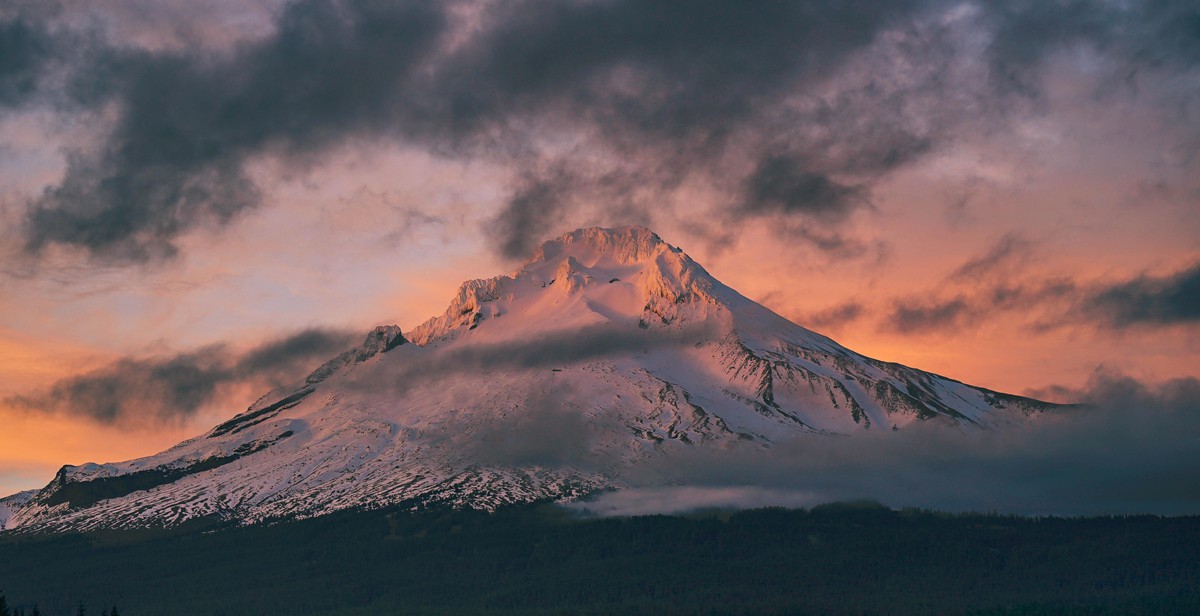How to Identify Different Types of Volcanoes: Understanding the Characteristics of Shield, Composite, and Cinder Cone Volcanoes
Volcanoes are one of the most fascinating natural phenomena on earth. They are capable of causing massive destruction and at the same time, they have shaped the landscape of our planet over millions of years. Understanding the different types of volcanoes and their characteristics is crucial in predicting their behavior and minimizing their impact on human lives and the environment.
Why Understanding Different Types of Volcanoes is Important
Volcanoes are classified into three main types: shield, composite, and cinder cone volcanoes. Each type has its unique characteristics that affect their eruption style, frequency, and the type of lava they produce. Understanding the differences between these types of volcanoes can help scientists and authorities predict their behavior and take appropriate measures to protect human lives and property.
For example, shield volcanoes are characterized by fluid lava flows, which can travel long distances and create new land. In contrast, composite volcanoes have steep slopes and explosive eruptions that can release ash, debris, and pyroclastic flows, which can cause widespread devastation. Cinder cone volcanoes, on the other hand, are small and short-lived but can still pose a threat to nearby communities.
By understanding the characteristics of different types of volcanoes, scientists can also gain insights into the geological processes that shape our planet and the history of its formation. This knowledge can help us better appreciate the beauty and power of nature and work towards a safer and more sustainable future.

Shield Volcanoes: Definition and Characteristics
Shield volcanoes are a type of volcano known for their broad, gently sloping shape resembling a warrior’s shield. They are formed by multiple eruptions of fluid lava that flow easily and spread out over great distances, creating a wide base with gentle slopes.
These volcanoes are typically found at hotspots, where magma rises from the mantle to the surface. Shield volcanoes are the largest type of volcano in terms of area covered and volume of erupted material. They can reach heights of up to 9,000 feet above sea level and can be found both on land and underwater.
Famous Examples of Shield Volcanoes
One of the most famous examples of a shield volcano is Mauna Loa, located on the Big Island of Hawaii. It is the largest volcano on Earth, rising over 13,000 feet from the ocean floor to its summit. Mauna Loa has erupted 33 times since its first well-documented eruption in 1843, with the most recent eruption occurring in 1984.
Another well-known shield volcano is Kilauea, also located on the Big Island of Hawaii. Kilauea has been erupting continuously since 1983 and is one of the most active volcanoes in the world. It has created over 500 acres of new land since its current eruption began.
Formation and Eruption Style
Shield volcanoes are formed by the accumulation of multiple layers of lava flows, which can be hundreds of feet thick. The lava is typically basaltic in composition, meaning it is low in viscosity and flows easily. This creates a broad, gently sloping shield shape as the lava spreads out over a wide area.
Shield volcanoes have a relatively low explosivity index, meaning their eruptions are typically non-explosive. Instead, they produce lava fountains, lava flows, and occasionally lava lakes. However, shield volcanoes can still be dangerous to nearby communities due to the high volume of lava they can produce.
| Shape | Broad, gently sloping shield shape |
|---|---|
| Composition of Lava | Basaltic |
| Explosivity Index | Relatively low |
| Height | Up to 9,000 feet above sea level |
| Famous Examples | Mauna Loa, Kilauea |

Composite Volcanoes
A composite volcano, also known as a stratovolcano, is a tall and steep-sided volcano that is composed of layers of lava, ash, and other volcanic debris. These volcanoes are typically found in subduction zones, where two tectonic plates collide and one plate is forced beneath the other.
Definition and Characteristics
Composite volcanoes are characterized by their symmetrical cone shape, which is formed from alternating layers of lava and ash. These volcanoes are typically much taller and more explosive than shield volcanoes, with slopes that can reach up to 30 degrees. They also have steep sides and a narrow base, making them more prone to landslides and other types of mass wasting.
Composite volcanoes often have a crater at the top, which is formed from repeated eruptions that result in the accumulation of volcanic material. They also have a central vent, which is the opening through which lava and other volcanic material are ejected.
Famous Examples
One of the most famous examples of a composite volcano is Mount St. Helens, which is located in the Pacific Northwest region of the United States. This volcano erupted in 1980, causing widespread destruction and claiming the lives of 57 people.
Another well-known example is Mount Fuji, which is located in Japan. This volcano is the highest mountain in Japan and has been worshipped as a sacred site for centuries.
Formation and Eruption Style
Composite volcanoes are formed from the eruption of viscous lava, which is rich in silica and other minerals. This lava is thicker and more explosive than the lava that forms shield volcanoes, and can result in pyroclastic flows, which are clouds of hot gas and volcanic material that flow down the sides of the volcano.
Composite volcanoes typically have a period of activity followed by a period of dormancy, which can last for hundreds or even thousands of years. During the active period, the volcano may experience frequent eruptions that result in explosive activity and the formation of lava domes.
| Composite Volcanoes | Shield Volcanoes | |
|---|---|---|
| Shape | Tall and steep-sided | Low and broad |
| Eruption Style | Explosive | Effusive |
| Lava Type | Viscous | Fluid |
| Location | Subduction zones | Hot spots and divergent boundaries |

Cinder Cone Volcanoes: Definition and Characteristics
Cinder cone volcanoes are the simplest and smallest type of volcano. They are formed from explosive eruptions of lava fragments and ash. These fragments accumulate around the vent, forming a conical hill with a bowl-shaped crater at the top. Cinder cones are typically less than 1,000 feet tall and have steep slopes that angle at 30-40 degrees.
Cinder cones are characterized by their symmetrical shape and steep sides. They are made up of loose volcanic debris, such as cinders, ash, and bombs, which give them their name. Cinder cones are usually found in groups, called volcanic fields, and are often located on the flanks of larger volcanoes.
Famous Examples of Cinder Cone Volcanoes
Paricutin
Paricutin is a famous cinder cone volcano located in Mexico. It formed in 1943 when a farmer saw smoke and ash coming out of a fissure in his cornfield. Over the next nine years, Paricutin grew to a height of 1,391 feet and covered the surrounding area with ash and lava. Today, it is a popular tourist attraction and a reminder of the power of volcanic eruptions.
Sunset Crater
Sunset Crater is a cinder cone volcano located in Arizona, USA. It is part of the San Francisco volcanic field and erupted around 1085 AD. The eruption caused a layer of ash and cinders to cover the surrounding area, and the volcano itself stands at 8,042 feet tall. Today, Sunset Crater is a national monument and a popular destination for hiking and sightseeing.
Formation and Eruption Style
Cinder cone volcanoes are formed from explosive eruptions of gas-rich magma. As the magma rises to the surface, the gas expands and explodes, sending fragments of lava and ash into the air. These fragments cool and solidify in the air, falling back to the ground and building up around the vent. Over time, the accumulation of these fragments forms the characteristic conical shape of a cinder cone.
Cinder cones are usually short-lived and have a single eruption cycle. They can erupt explosively or effusively, depending on the type of magma involved. Explosive eruptions are characterized by ash clouds, pyroclastic flows, and lava fountains. Effusive eruptions are less explosive and involve the slow release of lava flows.
In conclusion, cinder cone volcanoes are the smallest and simplest type of volcano, but they can still have a significant impact on their surroundings. Understanding the characteristics, formation, and eruption style of cinder cones is essential for identifying and studying these fascinating geological features.

Conclusion
Understanding the different types of volcanoes is not only fascinating but also essential for predicting and managing volcanic hazards. Shield volcanoes, composite volcanoes, and cinder cone volcanoes all have unique characteristics that make them distinct from one another. By identifying these differences, volcanologists can better understand how each volcano behaves and what type of eruption to expect.
For instance, shield volcanoes tend to have gentle slopes and produce effusive eruptions, while composite volcanoes have steep slopes and explosive eruptions. Cinder cone volcanoes are typically small and short-lived, with explosive eruptions that eject volcanic bombs and ash.
Knowing about the different types of volcanoes can also help individuals appreciate the beauty and power of these natural wonders. Whether it’s hiking up the slopes of a shield volcano or watching the fireworks display of an explosive eruption from a safe distance, experiencing volcanoes can be a thrilling and awe-inspiring experience.
In conclusion, learning about the different types of volcanoes is not just for scientists or geologists. It’s a fascinating topic that can enrich our understanding of the natural world and inspire us to explore and appreciate the wonders around us.
